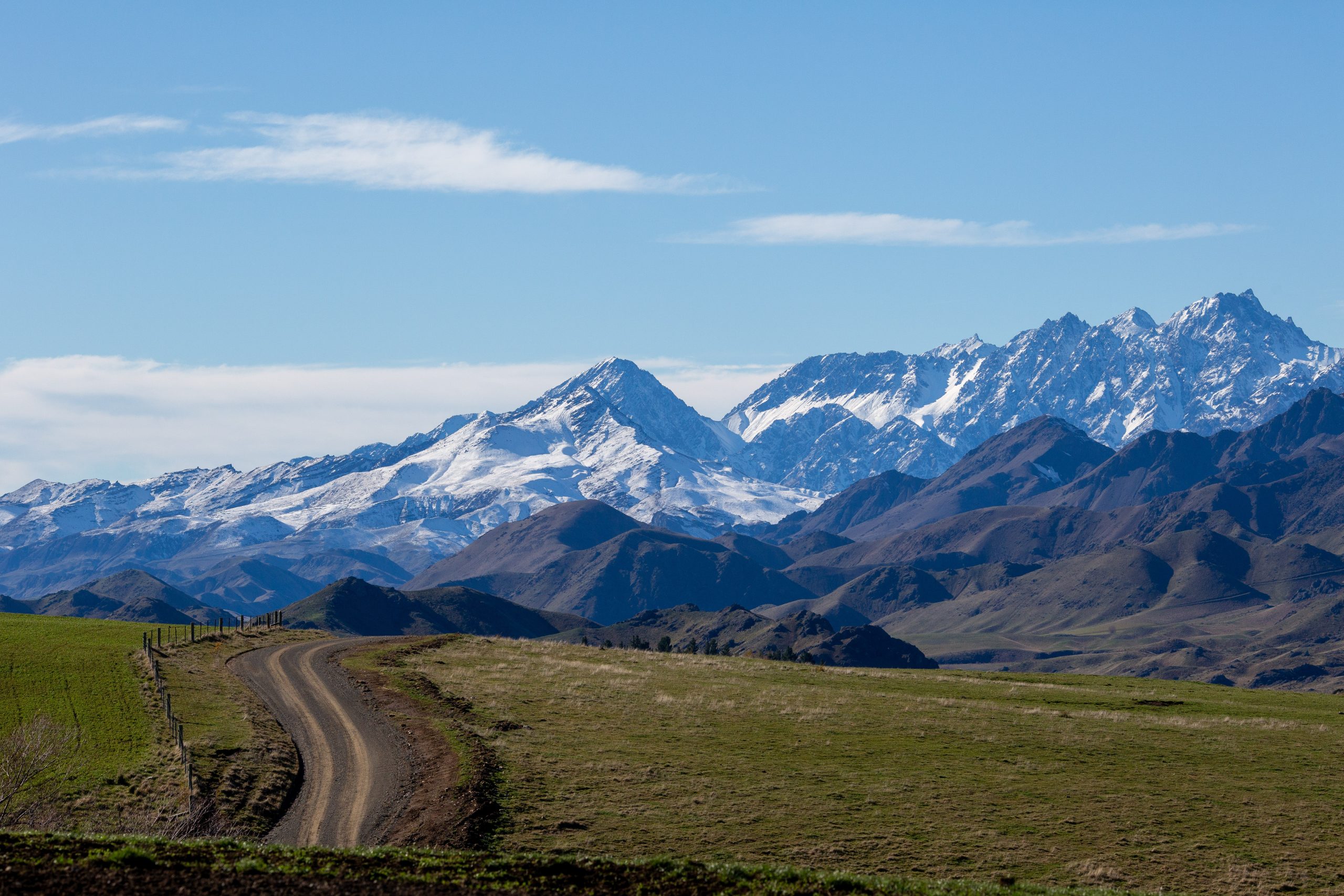Count farm vegetation
Established planted trees and covenanted bush are a feature of the Mandenos’ north Waikato farm, but existing rules mean there’s a dismal amount for carbon offsets. By Glenys Christian. Photos by Anna Mandeno.

Established planted trees and covenanted bush are a feature of the Mandenos’ north Waikato farm, but existing rules mean there’s a dismal amount for carbon offsets. By Glenys Christian. Photos by Anna Mandeno.
Tom Mandeno has many things to be proud of on his north Waikato sheep and beef farm, Far Fields.
But the one he’s keenest to show off is a 1000-year-old kauri in a covenanted bush block. It takes four people with arms outstretched to encircle its girth “or five children”, he explains. Its location in Waikaretu Valley, southwest of Pukekohe is about the southern limit of where the giants of the New Zealand bush will grow naturally.
The fenced-off block is one of four on the 670 hectares (600ha effective) which Tom farms with wife Anna, whose interest in conservation has seen three of those protected by Queen Elizabeth II Trust covenants. The first was put in place 30 years ago with further fencing and planting continuing since that time. And there’s been a lot of poplars and willows planted as well since the 1980s.
With sheep and beef farmers’ present challenge of environmental sustainability, he believes there’s a lot of uncertainty and that many of his counterparts are finding difficulty seeing their way forward. So, thinking he’d be out of his depth in putting together a greenhouse gas emissions calculation for the farm, he approached Maria Shanks, Beef + Lamb’s extension manager in Hamilton.
She was able to run through the figures he provided to come up with a total of 2479 tonnes of GHG emitted in the 2019/20 farming year.
“I thought we would get a very similar offset because of our plantings and sequestration in the soil,” he says.
But to his surprise there was only 17t of vegetation offsets he was entitled to.
“That’s a dismal amount,” he says.
“It didn’t seem right.”
So that led to him putting a resolution to Beef + Lamb’s annual meeting earlier in the year, calling for recognition of onfarm sequestration from established trees and vegetation in farmers’ GHG emissions calculation. It was passed by 98% of the postal votes received.
Chairman Andrew Morrison gave an assurance at the meeting of continuing support, saying the amount of vegetation on sheep and beef farms was wide-ranging, from shelterbelts through to riparian planting.

Impact on the bottom line
Based on a carbon price of $80/t Far Fields’ emissions would come with an annual cost of $200,000 under the present rules, with a huge impact on the bottom line, Tom says.
“I can’t see how farmers can afford to spend such a large percentage of farm revenue on these charges.”
He makes the point that he runs a low-intensity farming system with larger paddock sizes than many farmers and quite a lot of set stocking. But in his case the only solution he can see to pay the new cost will be a reduction in onfarm spending such as wages, animal health, repairs and maintenance, vehicles and capital expenditure.
“These harsh budget cuts will be a reminder of the difficult 1980s when our mortgage carried an interest rate of 22% and the overdraft rate was 30%.”
Including sequestration from established trees and vegetation in farmers’ GHG emissions calculation makes complete sense to him.
He says all the regulations do is drive more loss of pastoral land to forestry.
“We’ve got to decide if we still want sheep, beef and dairy farming.
“I’m not looking forward to learning how to eat pine trees.”
Any carbon price increase would fuel further planting to reap the rewards and more cost for sheep and beef farmers to meet their GHG offset obligations.
“Then you’ve not got a $200,000 problem but a $400,000 problem.
He believes if the Government declared the country closed for further planting to gain carbon credits it would make a big difference. The East Coast of the North Island has seen some of the largest tracts of farmland bought up to be planted in pine trees, often by overseas companies. On cattle-buying trips to the region, he says the difference that’s made in the landscape is clear to see.
“Previously when the trees were small it didn’t seem a big deal, but now it does. Carbon farming will have to run its course for the life of the forest.”
And the issue has crept closer to home in recent years. Just two farms away, almost 900ha has already been planted in exotics and there are several other local properties where plans are well advanced.
He well remembers the days of the land development loans and land development encouragement loans from the late 1970s and early 80s where farmers were paid to clear land for grazing which might not have been best suited to that purpose.
“We’ve gone full circle,” he says.
“But we’ve got to find a commonsense way through. We can’t bankrupt the whole industry on principle.”




